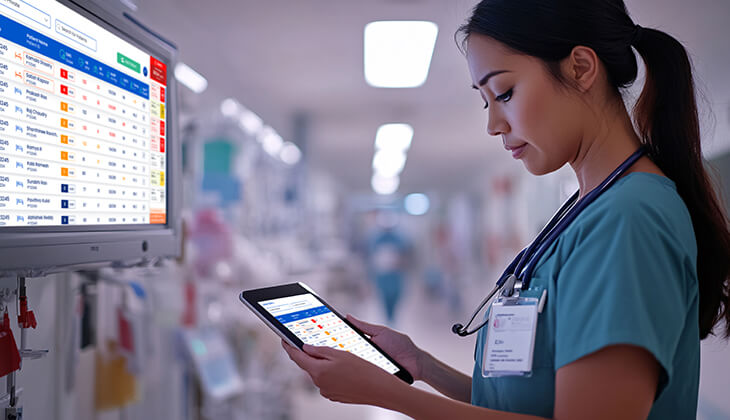

Early detection of patient deterioration in general wards is often limited by intermittent manual checks and invasive monitoring, which can miss critical changes and consume healthcare practitioner (HCP) time. The Dozee-EWS, a continuous, contactless monitoring system, aims to address these gaps. In a prospective observational study of 706 patients at an Indian tertiary hospital, ballistocardiography tracked heart rate, respiratory rate, and blood pressure. Of 33 patients who deteriorated, the system provided an average 16-hour early warning with 67–94% sensitivity. HCPs spent only ~10% of their time on vital signs checks. Findings indicate Dozee-EWS enhances early detection, warranting broader validation.


Timely detection of patient deterioration in general wards is limited by intermittent monitoring, like the Modified Early Warning Score (MEWS). This retrospective cohort study evaluated a Remote Patient Monitoring System (RPMS) with an automated early warning system (R-EWS) at Ramaiah Memorial Hospital, compared to simulated MEWS (S-MEWS) and a threshold-based alert system (S-Threshold). Among 905 patients, including 38 who deteriorated, R-EWS achieved high sensitivity (97.37%) and provided an average 18-hour lead time for intervention, whereas S-MEWS showed moderate sensitivity (47.37%) with higher specificity (81.31%). R-EWS generated frequent, high-priority alerts, enabling earlier recognition, timely intervention, and enhanced patient safety.
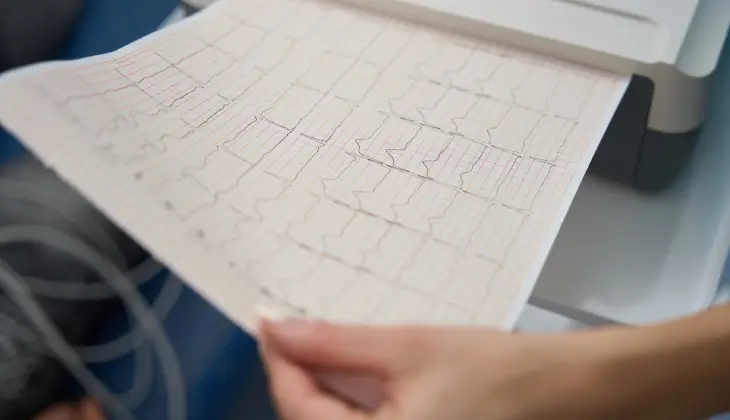
Systolic Time Intervals (STIs) measured by Ballistocardiography (BCG) were validated against simultaneously performed Transthoracic Echocardiogram (TTE), and an AI algorithm was developed to automate the calculation of the Myocardial Performance Index (MPI/Tei Index) from BCG tracings. Among 274 patients (mean age 52), 150 had clinically usable TTE images for accurate STI analysis. STIs were independently calculated by experienced operators. BCG-derived MPI strongly correlated with TTE-derived MPI (r = 0.766, P < 0.001) across both reduced (EF < 50) and normal (EF ≥ 50) ejection fraction subgroups. The AI algorithm showed moderate correlation (r = 0.54), highlighting a promising automated MPI calculation.


Remote Patient Monitoring Systems (RPMS) are increasingly shaping the way hospitals deliver care, easing the burden on staff while improving safety and satisfaction. At M.S. Ramaiah Memorial Hospital in Bangalore, a time-motion study and surveys revealed that RPMS reduced routine monitoring and coordination tasks, giving nurses 43.11% more time for direct patient care. More than 89% of healthcare providers reported enhanced patient safety and quality of care, and over 80% observed improved patient experiences. Usability was well received, with more than half finding the system user-friendly, while 60% of patients noted better overall care. Together, these outcomes highlight RPMS as an effective solution for strengthening efficiency, patient safety, and satisfaction in general wards.
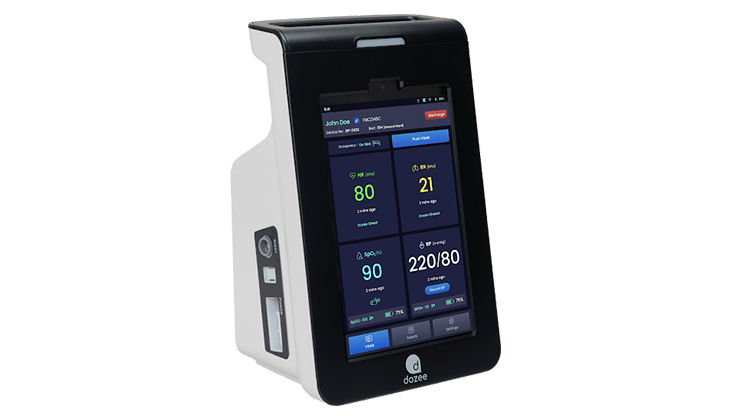
Continuous monitoring of heart rate (HR) and respiratory rate (RR) is vital in reducing hospital mortality and morbidity, and ballistocardiography (BCG) offers a contactless way to achieve this. The Dozee VS, developed by Turtle Shell Technologies, was clinically validated across three studies in India and the USA with 120 patients. Its performance was compared against EarlySense 2.0, an FDA-cleared BCG system, and a standard FDA-cleared patient monitor using ECG and capnography. Analysis of more than 14,000 data points showed Dozee’s HR mean absolute error (MAE) at 2.48 beats/minute and RR MAE at 1.67 breaths/minute against the gold standard, with similar accuracy when compared to EarlySense. Additionally, Dozee VS achieved 94.5% accuracy in movement detection and 88.5% in bed-exit detection. These results confirm Dozee VS as a clinically viable, accurate, and comfortable contactless monitoring solution.
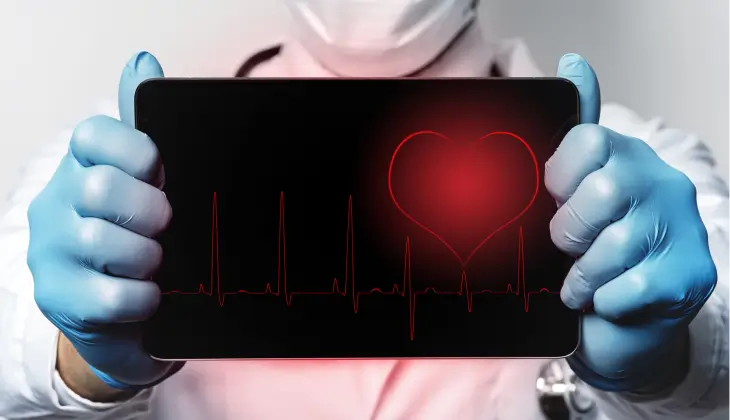
Continuous monitoring of vital parameters is essential for early detection of clinical deterioration, and ballistocardiography (BCG) enables this in a non-invasive, contactless manner. This study examined how external factors such as body posture, sensor placement, bed angle, and mattress thickness influence BCG signal quality, using the Dozee system in a simulated environment with 10 volunteers. Heart rate (HR) and respiratory rate (RR) waveforms were extracted and analysed through unsupervised learning models to identify trends. Results showed that the best signal quality occurred when individuals lay in the supine position, with sensors placed near the head and heart, bed angles of 30° to 50°, and mattress thicknesses of 5.5–8.5 cm. These insights contribute to optimising BCG-based monitoring and enhancing patient comfort and accuracy in real-world healthcare settings.
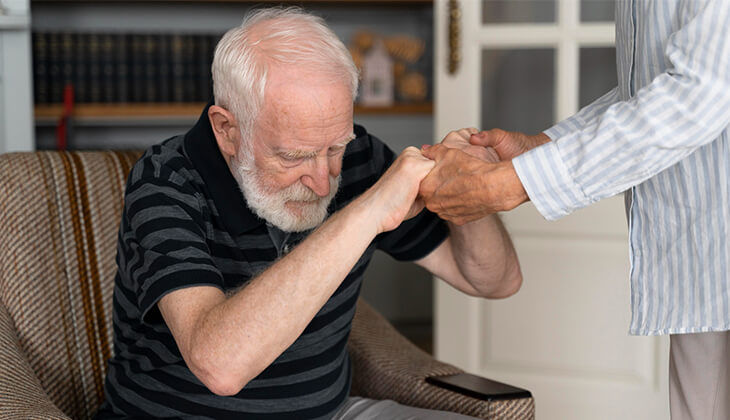
Parkinson’s Disease (PD) presents unique challenges for automated monitoring due to its varied symptoms and progression, and current approaches rely heavily on patients or caregivers maintaining physical records of medication response. This places a significant burden on record keeping while being critical for clinicians to adjust treatment. To address this, a combined approach using a non-contact sleep monitoring system and wearable inertial measurement units is proposed to track PD progression and medication response. By continuously monitoring heart rate, respiratory rate, and sleep disturbances at night, alongside body movements during the day, the system enables round-the-clock data collection. This 24-hour framework aims to deliver reliable, minimally intrusive insights that can support medical experts in optimising treatment and improving overall disease management.
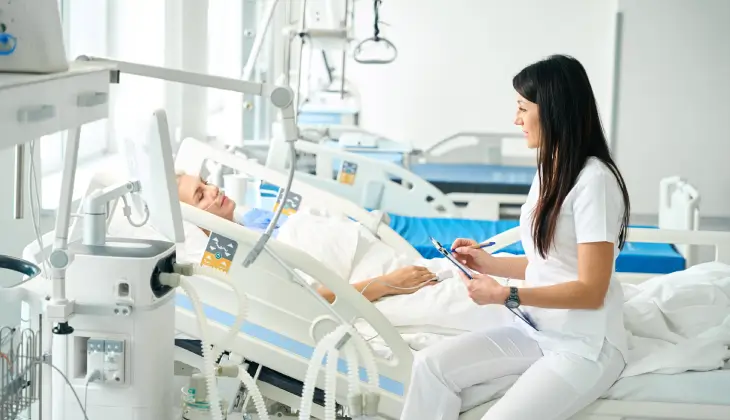
Ballistocardiography (BCG) provides a contactless way to continuously monitor vital signals, but its sensitivity to micro-vibrations also makes heartbeat detection complex due to noise interference. To address this, algorithms leveraging Wavelet Transforms were developed to de-noise BCG signals and enhance heartbeat detection. An unsupervised machine learning algorithm was then applied to accurately identify heartbeats, with performance measured against electrocardiogram (ECG) readings using mean absolute error (MAE). On a clinically acquired dataset of 36 subjects, the approach achieved a best MAE of 2.07 beats per minute and a 94.13% detection rate for heart rate. Multiple wavelet families were also tested across varying signal qualities, confirming the robustness and clinical potential of this method for accurate, non-invasive monitoring.
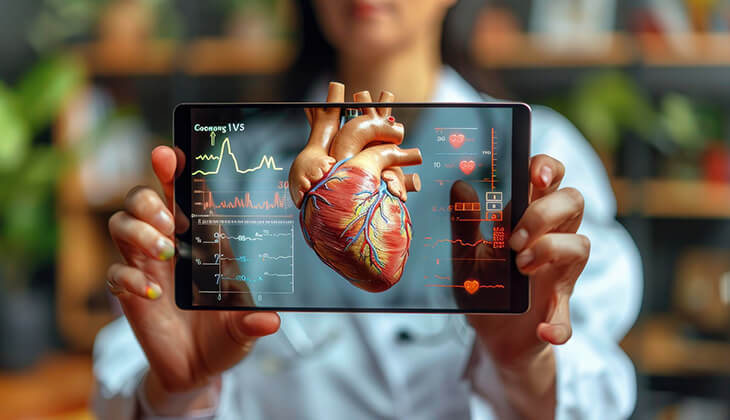
Remote monitoring technologies are emerging as a powerful tool in the management of heart failure, helping reduce hospitalisations, mortality, and costs while improving patient outcomes and quality of life. This systematic review analysed 47 studies with over 100 participants each, focusing on technology-based, care-based, and hybrid interventions. Results showed that 37 studies reported significant improvements in compliance and outcomes, with hybrid approaches offering the greatest benefits through combined virtual, in-person, and asynchronous care. Remote monitoring reduced hospitalisations by more than 65%, cut detection times for clinical events by 75%, and improved survival rates, though adherence, socioeconomic disparities, and internet connectivity remain barriers. Overall, telemonitoring demonstrates strong potential to enhance heart failure care, provided challenges in access, usability, and consistency are addressed.
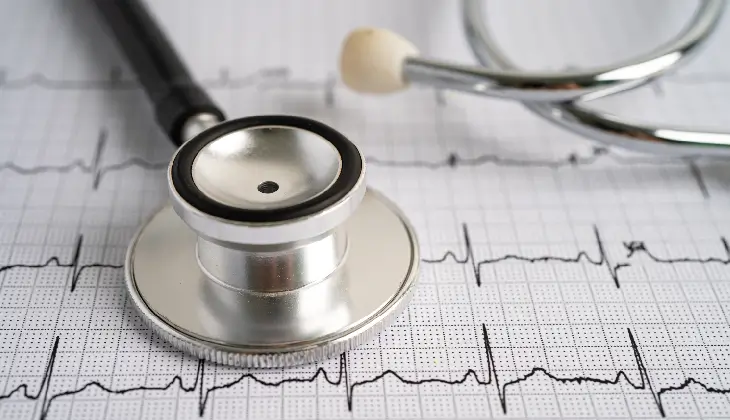
Ballistocardiography (BCG) has gained attention as a non-invasive and unobtrusive method to measure heart activity, but its noisy nature has limited accuracy to the averaged heart rate over 30-second epochs. While useful, such averages cannot capture finer metrics like Heart Rate Variability (HRV), which are vital for analysing cardiovascular and autonomic nervous system health. To address this, a novel algorithm was developed to detect individual heartbeats directly from BCG data. The approach achieved 93.81% accuracy with a 92.59% detection rate for single heartbeats and 98.39% accuracy with a 99.46% detection rate for 30-second averages compared to ECG standards. These results demonstrate significant progress in making BCG a reliable tool for precise and continuous cardiac monitoring.
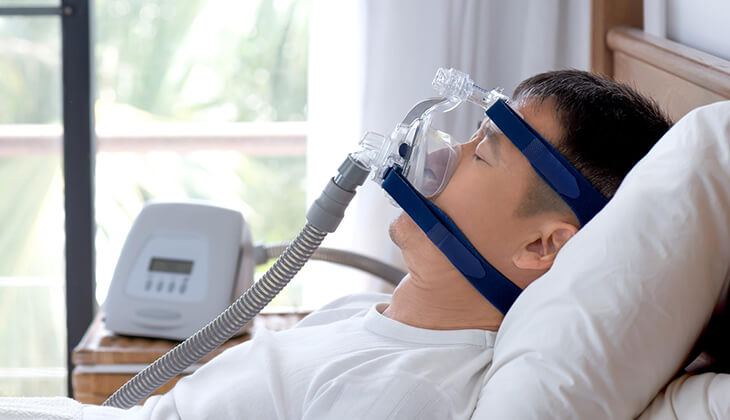

Obstructive sleep apnea (OSA) is traditionally diagnosed through polysomnography (PSG), a complex and resource-intensive process. This study evaluated a novel non-contact ballistocardiography (BCG) sensor, placed under the mattress, as a simpler screening method. Data from 21 suspected OSA patients were analysed, with apneic episodes independently annotated on BCG signals using an algorithm based on amplitude and power, and compared against PSG results scored by technicians. The BCG system demonstrated a strong correlation with PSG (R²=0.86) for the Apnea Hypopnea Index, achieving 76% sensitivity and 74% accuracy. Importantly, it correctly classified moderate-to-severe OSA with an 87.5% true positive rate. These findings suggest BCG as a promising, non-intrusive tool for OSA screening, warranting further validation.
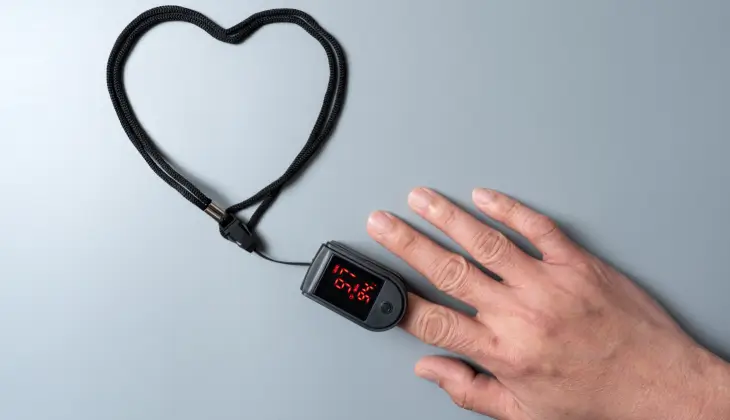

Heart rate variability (HRV) is a critical marker of autonomic nervous system function, traditionally measured using electrocardiograms (ECG) with adhesive electrodes. While effective, ECG is intrusive and costly for continuous monitoring in stable patients or home settings. This study evaluated a non-contact ballistocardiography (BCG) system as an alternative, with sensors placed under the mattress to capture cardiac vibrations generated during ventricular contraction. BCG enables unobtrusive, continuous monitoring without electrodes, offering potential for both clinical and home use despite susceptibility to posture and movement-related noise. In this study, J-J intervals extracted from BCG signals were used to calculate HRV indices across time and frequency domains, and results were matched with ECG-derived HRV indices. Findings support BCG as a promising method for long-term, non-invasive HRV monitoring.
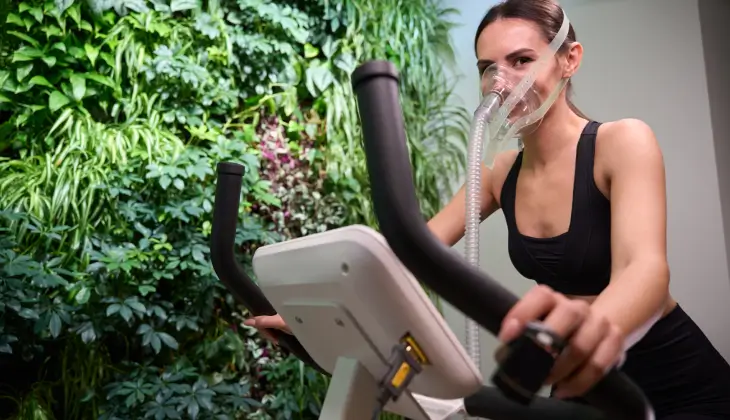
Ballistocardiography (BCG) captures micro-body vibrations from cardiac contractions along with signals from breathing, snoring, and body movements, offering potential for long-term respiratory monitoring. Conventional methods like nasal thermistors and Respiratory Inductance Plethysmography are costly, uncomfortable, and require technical expertise, limiting their practicality. This study evaluated a contact-free BCG-based approach for accurate, convenient, and affordable monitoring in home settings. A novel algorithm was developed to detect breathing cycles from BCG signals, achieving ~95% accuracy in determining respiration rate over 30-second epochs with a detection rate of 72.8% compared to standard methods. With its ability to continuously and reliably track respiratory signals, BCG shows strong promise for identifying conditions such as respiratory distress and sleep-related apnea or hypopnea episodes.
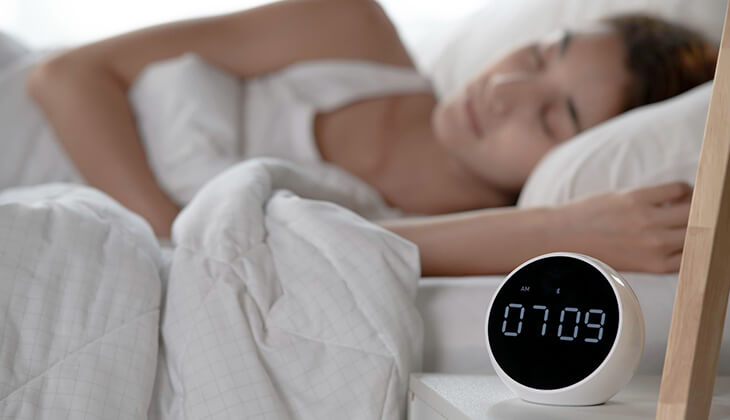
Sleep state classification is a critical step in understanding sleep patterns and diagnosing disorders, yet polysomnography (PSG), the gold standard, is intrusive and impractical for long-term use. This study explored ballistocardiography (BCG) as a contactless alternative, employing a Multi-Headed Deep Neural Network to classify sleep-wake states and predict sleep-wake times. The system achieved 95.5% accuracy in sleep-wake classification and over 94% accuracy in sleep-awake time prediction across both controlled (115 subjects) and uncontrolled (350 subjects) environments. With accuracy comparable to PSG and actigraphy, but without the need for physical contact, this BCG-based approach offers a convenient, effective method for continuous home monitoring. It holds strong potential for screening sleep disorders such as dyssomnia and sleep apnea in everyday settings.
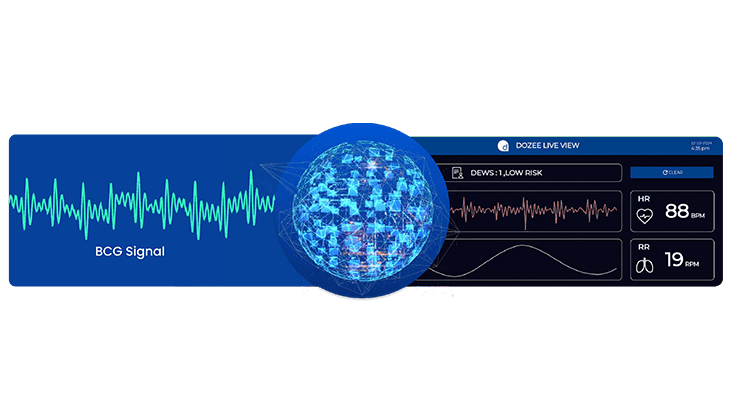

Long-term monitoring of heart and respiratory signals is critical for applications such as sleep analysis and managing chronic conditions, but existing methods are often complex, costly, and intrusive. Dozee, a contactless ballistocardiography (BCG)-based system developed by Turtle Shell Technologies, offers continuous measurement of heart rate (HR) and respiratory rate (RR) in both hospital and home settings. In a validation study at NIMHANS, Bangalore, data from 51 subjects over 110 nights for HR and 17 subjects over 20 nights for RR was compared against FDA-approved patient monitors. Dozee achieved a mean absolute error of 1.72 bpm for HR and 1.24 breaths per minute for RR, demonstrating accuracy comparable to gold standards. With its ease of use and reliability, Dozee presents a clinically viable solution for long-term, non-intrusive vitals monitoring, enabling early detection of deterioration and better patient outcomes.
Experience how Dozee transforms Skilled Nursing beds into smart, contactless monitoring units. Get a personalized demo tailored to your facility’s needs and explore the impact.
©Dozee Inc. 2025. All Rights Reserved.
Dozee requires trained medical professionals to interpret reports and act on alerts. Both healthcare providers and patients are bound by the Terms and Conditions and Privacy Policy of Dozee.